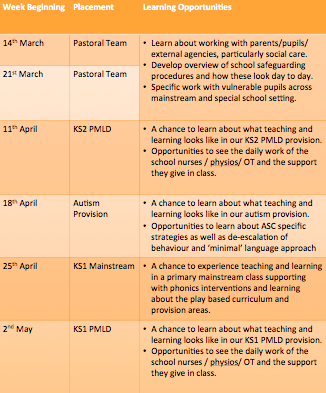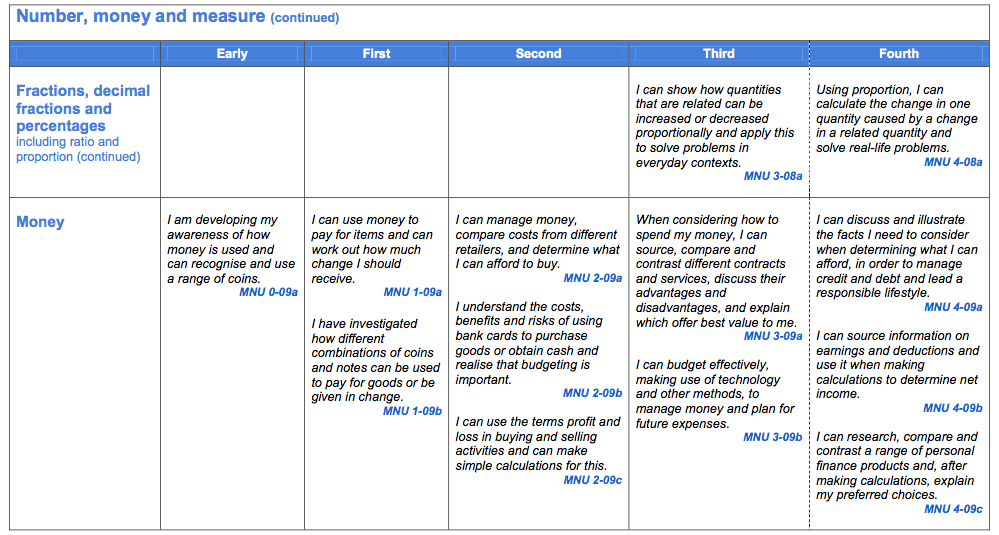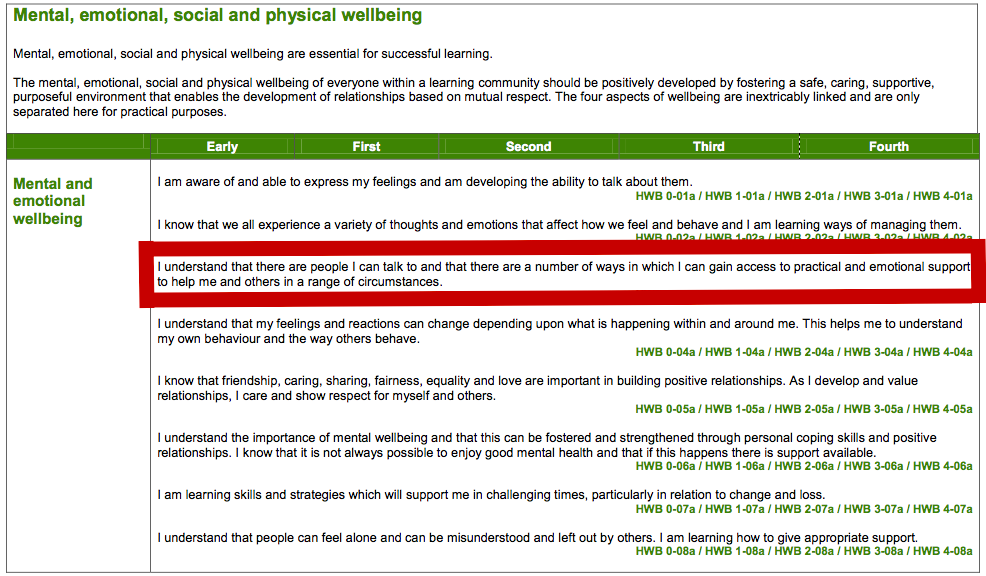Early literacy development has always been a passion of mine. I was an extremely avid reader as a young child and throughout my primary education and I always hoped to inspire this enthusiasm for literature within my classroom. However since my learning from life and early years placements, I have found that this overall interest has become more focused on the development of phonological awareness – so much so, I will be writing my thesis around this topic. Despite little engagement with my blog this academic year, I thought I would use my e-portfolio as a means of recording my current understanding of my academic reading as well as sharing some activities I have observed/ used that enhance phonological development.
Phonological awareness is the ability to identify, recall and use sounds within language. This skill is developed during phonics lessons, where children are taught the relationship between printed letters and symbols and their corresponding sounds in spoken language (Jolliffe and Waugh, 2015). However there are a number of approaches to teaching phonics such as analytic phonics, embedded phonics, analogy phonics and phonics-through-spelling – and these conflicting methods cause much educational debate (Graaff et al, 2009).
In Scotland, phonological awareness is developed using a systematic synthetic phonics approach (Johnston and Watson, 2005). Synthetic phonics involves the teaching of letter sounds and then learning to blend these sounds to construct words (Johnston and Watson, 2005). This is taught systematically due to the complex nature of English language and its phonetic irregularities (Solity and Vousden, 2009). In Scottish schools this approach is mostly supported by council funded phonics schemes, such as Read, Write Inc. or Jolly Phonics.
There is a wealth of research that demonstrates the successes of systematic synthetic phonics programmes in improving outcomes for Scottish pupils. However, there are a number of psycholinguists, who are in favour of a whole language approach to early literacy development, and consequently raise a number of important issues surrounding phonics schemes. Firstly, Solity and Vousden (2009, p471) argue that, “the emphasis on teaching sight vocabulary and phonics skills is seen to be potentially seriously damaging for children by changing the nature of reading from understanding, appreciating and evaluating what is read, to memorising phonics rules and decoding.” To exemplify this, research conducted by Strauss and Altwerger (2007, cited by Gooch and Lambirth, 2010, p4) demonstrated that pupils, who achieved high scores in phonics testing, had a lower ability to comprehend reading texts than pupils who scored ‘poorly’ in the phonics screening.
Furthermore a number of authors (Gooch and Lambirth, 2010; Goodman and Smith, 1971 cited by Solity and Vousden, 2009, p471) express concern around the nature of reading schemes that do not offer rich, engaging texts. However as highlighted by the National Reading Panel, systematic phonics instruction should be combined with other reading instruction to establish a well-balanced reading curriculum.
From my experiences, I can say that a well-balanced reading curriculum is not always achieved and it is often easy for practitioners to follow phonics/reading schemes too rigorously. During placements I have been swept along the phonics schemes, happily following pre-planned lessons to minimise my workload and I became blind to the associated disengaged faces and subsequent behaviour challenges. Only on reflection have I realised the importance of becoming resilient and using autonomy to judge the appropriateness of following schemes and when to stray from pre-planned activities. Of course these schemes are extremely beneficial and give practitioners guidance however, since learning more about the components of synthetic phonics I have identified some activities that I believe are more engaging and interactive than some I have observed within phonics programmes.
Phonics fans are a simple yet effective way to teach phonics skills interactively and serve as a fantastic assessment tool for teachers. Like number fans, the templates can be cut, laminated and held together by split rings to be used in a variety of ways.
To enhance decoding and listening skills choose a simple CVC word and say it aloud for the children to hear. Ask the children to use their fingers to “pinch the sounds” in their head. For example the word dog would be d-o-g. Then ask children to show you the initial/vowel/end sound in the word or alternatively spell the whole word using the fans. This activity could be used as a whole class warm up along side daily speed sounds training, or as a collaborative activity within phonics partners.
Phonics Finger Twister
Fun ‘twist’ on a well-known game, finger twister can be used to practice segmenting and blending of phonetically regular words or tricky, sight word vocabulary. Using the template, type a CVC/sight word onto each circle on the spinner board then print onto A3 and laminate. Alternatively you could laminate the page and use a whiteboard pen to write the words if you want to change the vocabulary on a regular basis.
Place a paper clip on the centre of the board as a spinner and ask the pupil to read the word that the clip lands on. If answered correctly, the pupil places their finger on a circle of that same colour on the “finger board”.
Listening Stations
I appreciate that not every school is fortunate enough to have iPads but for those who are this activity could be really beneficial to incorporate into teaching – so long as pupils were taught to use the technology responsibly. On the voice recordings tool on the iPad, record yourself saying different words with long pauses in between. For example, “Number 1. Dog *Wait 5 seconds* Dog *Wait 5 seconds* Number 2….” Etc. Ask pupils to write the words they hear using the phonetic spelling in their literacy jotters.
Although this is a traditional dictation activity, pupils will find the iPads exciting and it would also be great as a literacy station during guided reading. Headphone splitters can be bought for cheap online and school headphones are generally available in the ICT suites.
Roll a Word Board Game
Using the board game template below, type a phonetically regular/ sight word into each box in the grid. Pupils will roll two dice and find the corresponding tile on the grid. If they say the word correctly, they place a counter on the board. This game works best in groups of two or three, with each player using a different coloured set of counters. The winner of the game is the play with the most counters on the board.
Spin a Word
This is a really good activity to practice segmenting and blending and identifying nonsense words. Pupils spin a paperclip to find a ‘word family’ to add to the letters below. Once they have written the letters, pupils blend the sounds together and circle the word if it is a real word. For extra brownie points, see if pupils can use the real words in a sentence.
What a lot of nonsense! Circle Time Activity
This is a phonics-based alternative to pass the parcel that practices phonological skills and identifying nonsense words. In a box have a range of laminated phonetically regular and sight vocabulary words alongside some nonsense words. Arrange pupils so they are sat in a circle and in the centre of the circle place two hula-hoops – one for real words and one for nonsense words. Play music and ask pupils to pass the box around. Pause the music after some time and ask the pupil holding the box to choose a word and read it to the class. The pupil must then decide if it is a nonsense word or a real word and place it in the corresponding hoop. For added comprehension ask the person on their left or right if they can use the real word in a sentence.
Phonics Splat
Laminate a range of phonics words/sight words and blue tak them to the board (it may be helpful to use these as flashcards initially to get pupils familiar with the vocabulary being used). Ask two pupils to come up to the board and give them a fly splatter – for added fun – and shout out a word that is stuck to the board. The pupils must ‘splat’ for the correct word and whoever does it the quickest wins.
I really like these minibeast sight words from Twinkl Resources and they fit in with the ‘splatting’ theme!
These are just a few of many exciting activities that can be incorporated into phonics lessons. Pinterest has a wealth of them and you can follow my phonics board here. From what I have read so far about phonics for my thesis, I have learnt that it is crucial to ensure that all activities are varied and you don’t get stuck into a routine with your phonics teaching. Furthermore make sure that pupils are getting exposure to a range of different texts beyond their reading scheme!!
Do you have any activities you like to use for phonics? Please share in the comments below.
References
Gooch, K. and Lambirth, A. (2010) Teaching Early Reading and Phonics. London: SAGE Publications.
Graaff, S., Bosman, A., Hasselman, F. and Verhoeven, L. (2009) “Benefits of systematic phonics instruction”, Scientific Studies of Reading, 13(4), pp.318-333.
Johnston, R. and Watson, J. (2005) The Effects of Synthetic Phonics Teaching on Reading and Spelling Attainment: A 7 Year Longitudinal Study. Available at: http://www.gov.scot/Resource/Doc/36496/0023582.pdf [Accessed: 06.03.17]
Jolliffe, W., Waugh, D. and Carrs, A. (2015) Teaching Systematic Synthetic Phonics in Primary Schools. 2nd ed. London: SAGE Publications.
Solity, J. and Vousden, J. (2009) “Real books vs. reading schemes: a new perspective from instructional psychology”, Educational Psychology, 29(4), pp.469-511.








